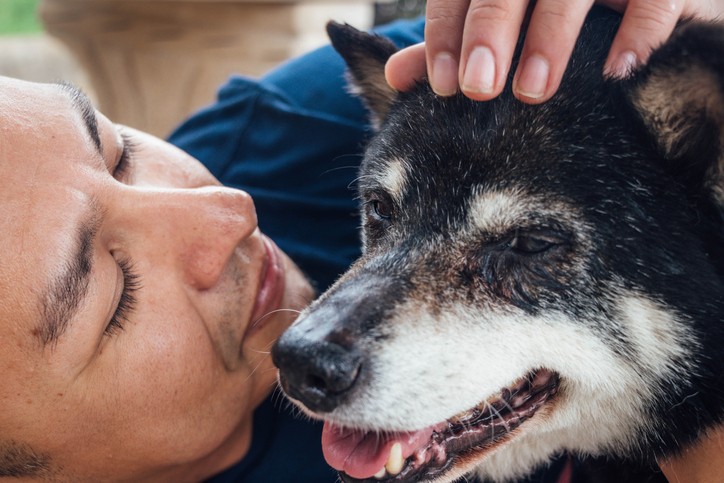
How to Tell if Your Dog Has a Fever
Do you have a dog? Do you know how to recognize when they have a fever? Are there any tell-tale signs, or do you need to check your dog’s temperature every time you suspect they may be feverish?
While checking your dog’s temperature is the best way to accurately determine whether they have a fever, you may be able to tell in other ways, too. Read through the information below to find out more about recognizing the signs of fever in your dog and be sure to take your pet to the veterinarian if you think they have a fever for more than a day.
Check Your Dog’s Temperature
To check a dog’s temperature, you will need to have a canine thermometer if possible. These thermometers are designed to take a dog’s temperature through the anus, which is the best way to get an accurate read for your pet.
Lubricate the thermometer with Vaseline and insert it about an inch into the anus. Be sure to comfort your dog and keep them still while the thermometer reads. Normal body temperature for dogs ranges from 101 to 102.5 degrees Fahrenheit (38.3 to 39.2 Celsius).
Warm, Dry Nose and Ears
In some instances, a warm nose and ears as well as dryness of the nose can indicate a fever in dogs. Most of the time, a dog’s ears should be room temperature to the touch or very slightly warmer, and a dog’s nose should be cool and wet.
However, it is important to keep in mind that some dogs may have warm noses and ears as well as a dry nose for other reasons. If your dog has been asleep with their face covered up, or if it is winter and your home has very dry air, the cause of these symptoms may not be fever at all.
Shivering and Panting
Just like humans with fevers, dogs may develop a shivering habit when they are feverish. This is because of the body trying to cool itself down and fight off the fever as well as its source. On the other hand, dogs may also excessively pant when they have a fever, as they are trying to cool down without the ability to sweat.
If your dog is shivering or panting with no known cause, and especially if they exhibit other symptoms on this list as well, they should be taken to the vet to be examined. Your dog likely has a fever and will need to be treated for the underlying cause of the problem.
Lethargy
Lethargy is a symptom that can be found with a wide variety of health problems in dogs. Dogs may become lethargic from all sorts of illness, disease, pain, and more, and they may even become lethargic from depression, anxiety, or boredom too.
However, if your dog’s lethargy is paired with any of the other items on this list, or if they are visibly sick, then there’s a good chance they have a fever. If you’re concerned, take your dog to the vet or check their temperature on your own at home first to find out.
Glassy Eyes
Glassy eyes and red, bloodshot eyes are both indicators of fever in dogs. A dog’s eyes may look distant and watery when they are dealing with a fever, even if the fever is a low one. This symptom is similar to the appearance of a human’s eyes during a fever.
Glassy eyes typically are not related to many other health problems in dogs, so they can be a very good indicator of fever in your pet. If you notice this symptom, it is a good idea to check your dog’s temperature to be sure.
Loss of Appetite
A loss of appetite is common in dogs with any kind of health or wellness problem going on, including fever. Even a low fever may cause your dog to lose interest in food, but it is important to encourage them to keep drinking water while combating a fever.
If your dog’s loss of appetite does not clear up within a day, it would be best to see your vet. And if your dog is not drinking any water while having a fever, they should be taken to the emergency vet for IV fluids as well.
Call Your Vet if Your Dog Has a Fever
Fever is a symptom of an underlying health problem in every situation. If your dog’s fever lasts longer than a day or runs higher than 104 degrees Fahrenheit (40 Celsius), go to the vet or emergency vet right away.
If your dog’s fever subsides after a day, monitor them closely for signs of any other health problems or illnesses. If you suspect your dog is sick, they still need to see the vet, but it may be less emergent than it would be with a long-term or very high fever. Use your best judgment in choosing when to take your dog to the vet.
Your Boston Veterinary Clinic vet is here for all your dog’s needs, book an appointment online today!